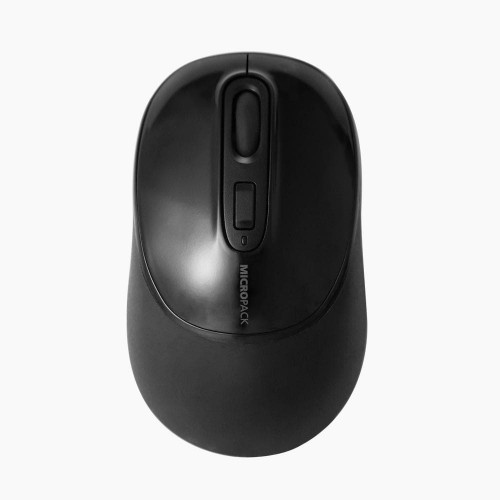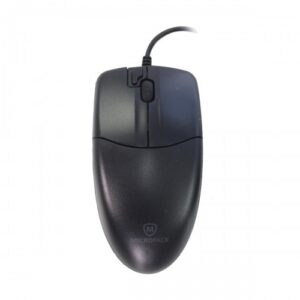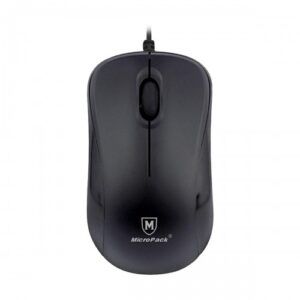Key Specifications and Features of BLE 4.0
Bluetooth Low Energy (BLE) 4.0 represents a significant advancement in wireless communication technology, especially for applications requiring minimal power consumption and efficient data transmission. One of the primary specifications of BLE 4.0 is its data transfer rate, which can reach up to 1 Mbps. This speed is sufficient for a variety of applications, including IoT devices, fitness trackers, and smart home systems, enabling quick data exchanges without excessive delays.
Power consumption is another crucial aspect of BLE 4.0. This technology is designed to operate on a low power budget, making it suitable for devices that rely on small batteries or energy harvesting. BLE 4.0 can remain in a sleep mode for extended periods while quickly waking up when necessary to send or receive data. This feature allows devices to achieve long battery life, making it ideal for wearables and sensor networks that require continuous use over long durations.
The operational range of BLE 4.0 can extend up to 100 meters in open environments, offering flexibility for device placement and communication. This range is beneficial in various settings, such as fitness centers where users can move freely while maintaining a connection to their fitness trackers or smartphones. Additionally, BLE 4.0 maintains a robust performance in crowded environments, thanks to its ability to coexist with other wireless technologies without significant interference.
Security is an essential consideration in BLE 4.0, and this version includes advanced security features such as encryption and secure pairing mechanisms. These enhancements help protect sensitive data exchanges in applications ranging from health monitoring to smart home automation. Overall, the key features of BLE 4.0 position it as a reliable and versatile option for modern wireless communication demands, particularly in the burgeoning Internet of Things landscape.
Connection Types and Wireless Technology in BLE 4.0
Bluetooth Low Energy (BLE) 4.0 demonstrates a versatile approach to wireless communication, primarily through its two distinct connection types: connection-oriented and connectionless communication. Connection-oriented communication establishes a dedicated link between devices, which allows for efficient data transfer and enhanced reliability. This method is crucial for applications that require consistent data exchange, such as fitness trackers transmitting heart rate data to smartphones. In BLE 4.0, these types of connections benefit from reduced latency, enabling real-time responses and improving the user experience.
In contrast, connectionless communication allows devices to send data without establishing a persistent connection. This mode improves power efficiency, as devices can remain in low-power states while periodically sending or receiving packets of data. A practical example of connectionless communication in BLE 4.0 can be seen in beacon technology, where signals are broadcasted to nearby devices, informing them of pertinent information or location-based services. The implementation of connectionless communication is instrumental in scenarios where frequent interactions are not necessary, thus conserving battery life and resources.
The ramifications of these connection types extend to device pairing, data transfer mechanisms, and overall network topology within BLE 4.0 applications. Connection-oriented communication typically necessitates a more complex pairing process to establish secure exchanges, while connectionless modes often simplify interactions by minimizing the authentication overhead. Both communication types support varying ranges; however, connection-oriented modes may achieve slightly better ranges due to the dedicated link. Furthermore, the network topology in BLE 4.0 can accommodate a range of devices, enabling configurations that bolster connectivity and data flow within smart homes, healthcare, and industrial settings.
In conclusion, the combination of connection-oriented and connectionless communication in BLE 4.0 empowers a wide array of applications, allowing for scalable, efficient, and reliable wireless connectivity suited for modern technological needs.







